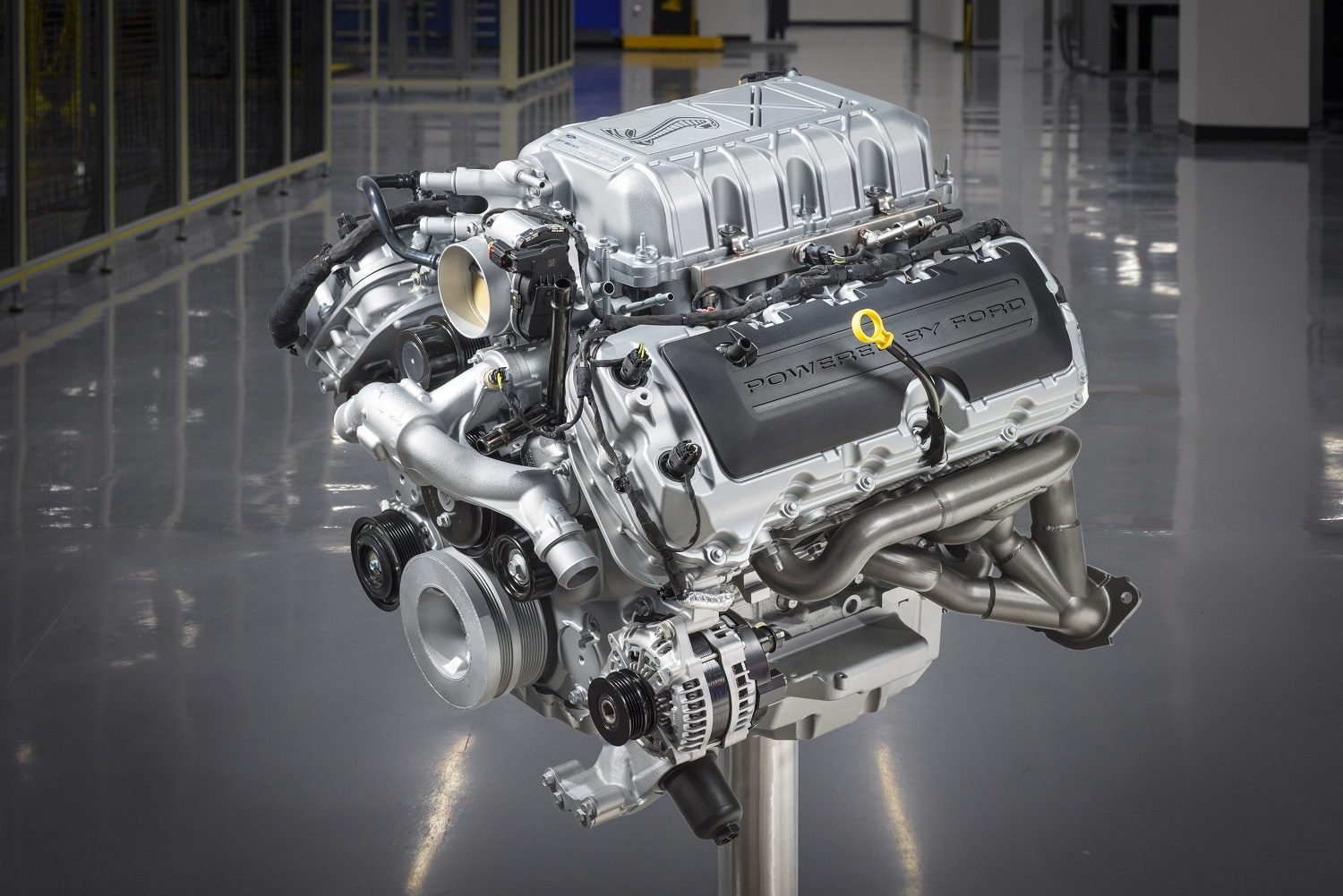Table of Contents
When you think of hydrogen you probably think of the Sun or the Hindenburg explosion but hydrogen does so much more than go up In flames especially when looked after properly hydrogen is atomic number 1.
Hydrogen found in the first group and first period in the periodic table means it is the lightest and first element on the periodic table. It burns efficiently resulting in only water vapor and a tiny amount of nitrates when done at high temperatures. It’s made by electrolysis, which is essentially using electrical energy to split water into hydrogen and oxygen.
The first idea of using Hydrogen gas as a fuel cell was published in the late 1830s. Hydrogen gas is very explosive, it’s true, and even more so than natural gas which is so used in moving vehicles; Gasoline vapor is also explosive. Hydrogen can live with airborne concentrations as low as 4% or as high as 75%!
That’s a lot! Let’s discuss more about “Let’s discuss more aboutIs Hydrogen Fuel Cell Technology Ready for Safe Mainstream Use?”.
What Is Hydrogen Fuel Cell Technology And How Does It Work?
Hydrogen fuel cells are a lot like a sandwich. You have an anode or negative electrode on one side, and then there is an electrolyte in the middle. The electrolyte has protons that can move between the two sides. It could be a liquid electrolyte, like sulphuric acid, or a solid electrolyte known as a Proton exchange membrane. And then there is a cathode, a positive electrode on the other. Hydrogen gas flows over the anode.
We add a catalyst, usually something like Platinum, which splits it apart into protons and electrons. The protons flow right through the proton exchange membrane electrolyte through to the cathode. The electrons are also drawn toward the cathode where they will recombine with the protons. But, they can’t get through the PEM. Instead, the electrons leave the fuel cell and take a different path through a circuit powering an electric motor. The motor turns the wheels, your car moves, and the electrons finally travel onto the cathode.
Air, which is about 21% oxygen, flows over the cathode. So when the proton and electron from hydrogen reach the other side of the sandwich with oxygen to form water. Hydrogen and oxygen in, power and water out.
Where Is The Hydrogen Fuel Cell Technology Used?
1. Transportation
A fuel cell vehicle produces electricity using A fuel cell powered by hydrogen rather than drawing electricity from only a battery in a fuel cell hydrogen gas from the vehicle will tank combines with oxygen from the air to generate electricity which runs a motor converting hydrogen gas into electricity produces only water and heat as the byproduct meaning sold at hydrogen refueling stations field the driving ranges of a fuel cell vehicle very but they are similar to the ranges of gasoline or diesel vehicles. In fact, NASA used hydrogen fuel cells to provide electricity for rockets and shutters in space.
2. Material Handling Equipment
Multiple major Corporations use fuel cells to power material handling equipment to increase productivity with up to 8 hours of operation with a single tank of hydrogen and optimize warehouse floor space by eliminating battery charging and storage facilities this equipment can be refilled in minutes replacing the usual 12 to 15 minutes it takes when using battery fuel cells from depleting batteries fuel cells also maintain consistent power for an entire shift eliminating challenges from depleting batteries.
3. Backup Power
Backup power fuel cells offer longer Continuous run time and greater durability in hours outdoor environments under a wide range of temperature conditions due to few moving parts; they require less maintenance than both generators and batteries; they can also be monitored, reducing actual maintenance time compared to generators.
Advantages Of Hydrogen Fuel Cell Technology
1. Zero Emission Power
Hydrogen fuel cells don’t produce harmful emissions which eliminate the processes for handling and storing toxic materials such as battery acid or diesel fuel; the only byproduct of pure hydrogen is heat and water. This helps them to be a part of sustainability programs. The hydrogen fuel cell is a renewable source of energy. Hydrogen fuel cells do not release greenhouse gasses hence they don’t have carbon footprints.
2. Reliable
Hydrogen fuel cells are extremely reliable and withstand tough environmental conditions such as temperatures as low as negative 40 degrees Fahrenheit or in weather like hurricanes, deserts, and winter storms.
3. Improved Efficiency
The cells are approximately 4260 energy efficient. The calorific value of Hydrogen is the highest among different elements. What is the highest calorific value? If we burn one gram of hydrogen then we will get 150 kilojoules of energy and the calorific value means the generation of energy per unit mass of fuel.
4. Scalable
The sales can be engineered to meet a variety of size needs which can save money for those purchasing the cells. Hydrogen is an abundant element in the universe. It is 93%. The refueling of hydrogen fuel cells is easy and takes about only 3 minutes.
5. Lower Operation Cost
Fuel sales save money through their elimination of the need to change charge and manage batteries; this also reduces labor time space and peak demands; additionally, hydrogen fuel sales Run longer, have a lower fueling time, and needless maintenance.
The disadvantage of Hydrogen Fuel cell Technology
1. Extraction of hydrogen from fossil fuels
The vast majority, almost 90% of all hydrogen that’s produced today, is what’s called gray hydrogen made from fossil fuels, mainly natural gas. Making the “fuel of the future” that’s supposedly so green, is actually a pretty dirty business. If we want to use hydrogen as a clean fuel, we first need to clean up its production.
2. Storage of hydrogen gas
One big challenge that remains is hydrogen’s relatively low energy density. You need about three times more space to store the same amount of punch compared to natural gas for that we will likely have to build a lot of new storage facilities, depending on how much hydrogen we will actually need.
3. Overall cost
The vehicles run on hydrogen fuel but turning electricity into hydrogen, transporting it to refueling stations, and pumping it into a fuel cell to then convert it back to electricity is not just very efficient. About 60% of the energy you put in gets lost along the way. Alternatively, you could just use the same energy to directly charge a lithium-ion battery that powers an electric motor.
Is Hydrogen Fuel Cell Technology Safe
Let’s delve into the truth and misconceptions of fuel cell technologies. Is there any chance that the hydrogen used for fuel cell electric vehicles could explode? Despite the preconception that hydrogen is dangerous, it is in fact, safer than other fuels. The auto-ignition temperature of hydrogen is higher than that of gasoline or diesel, 14 times lighter than air; it disperses quickly into the atmosphere.
Therefore, even if there is a leakage, the chances of it leading to a fire or explosion are very low. In other words, hydrogen disperses quickly into the air, loading the possibility of combustion, and making it relatively safer than other fuels.
Does that mean there is no danger of hydrogen exploding?
All gasses have the risk of loading depending on pressure. However, we are already using high-pressure gases such as liquefied Petroleum gas and compressed Natural Gas in our daily lives. And compressed natural gas CNG in our daily lives.
If we adhere to basic safety precautions, dear won’t be any problems. In the case of hydrogen, there is no danger in its gas form, in order to increase efficiency, applied to it; 700 fold of the atmospheric pressure. The higher the pressure, the higher the risk of explosion, but as long as safety precautions are taken, using hydrogen is entirely safe.
Future Of Hydrogen Fuel Cell Technology
Hydrogen has been hailed as a fuel of the future that could help end the world’s dependence on fossil fuels and aid the transition to net zero emissions. How do you grow supply when demand isn’t growing? And vice versa. But the governments around the world start investing, this might start to change. It’s predicted that hydrogen good supply up to 20% of our energy needs by 2050 up from pretty much zero today. but that’s just the most optimistic scenario.
All of that needs to play out this decade. and if we don’t see that this decade then, we’re Really going to be struggling to hit climate goals overall. So now is the time for hydrogen to prove that it can really get as big as its hype. Now, what do you think? Is hydrogen the fuel of the future? Should we focus on other alternatives instead? Let us know in the comments.
Frequently Asked Questions
The price of 1 kg of hydrogen fuel ranges between 310 to 330 INR.
Oil India, GAIL, IOC, NTPC, L&T, Reliance Industries, BPCL, and Adani Enterprises companies are the market leaders in hydrogen technology.
China is rich in hydrogen, producing more than 33 million turns of hydrogen every year.
NASA is using hydrogen as a rocket fuel to deliver crew and cargo to space.
Tesla has not invested in hydrogen fuel cell technology, So Tesla will not make hydrogen fuel cell cars.







